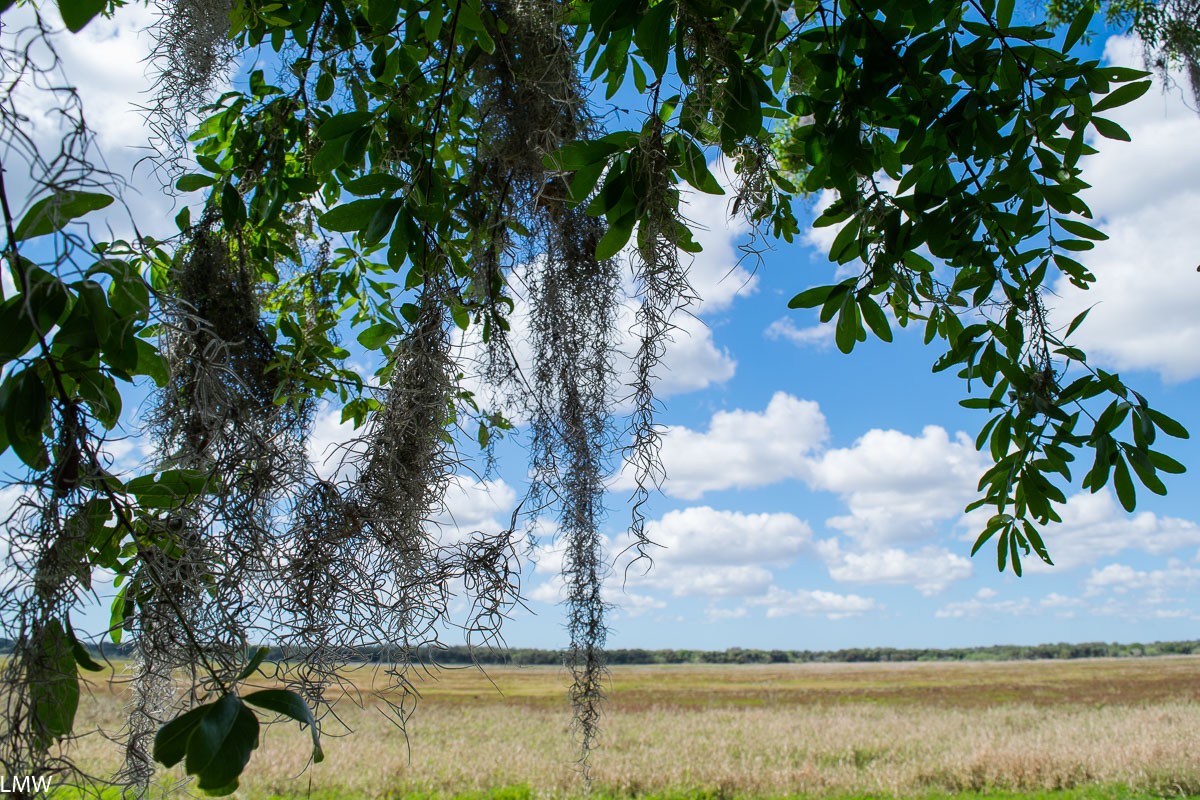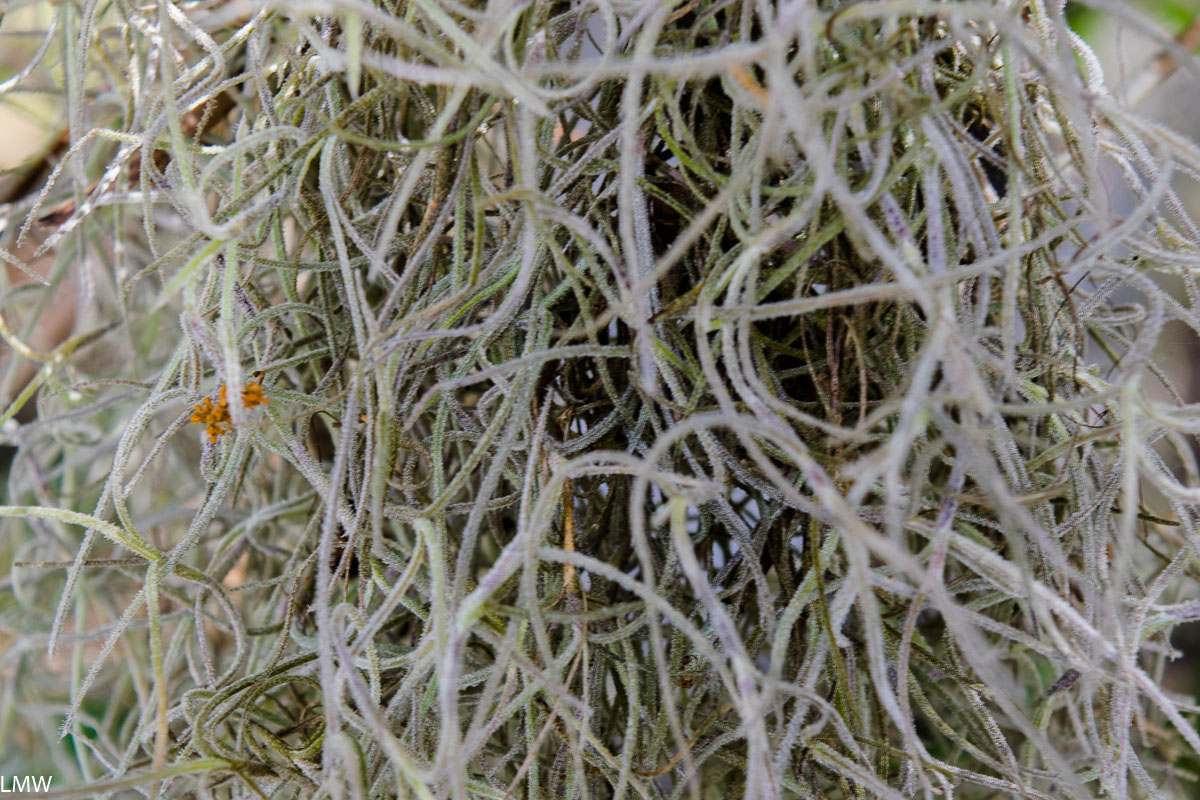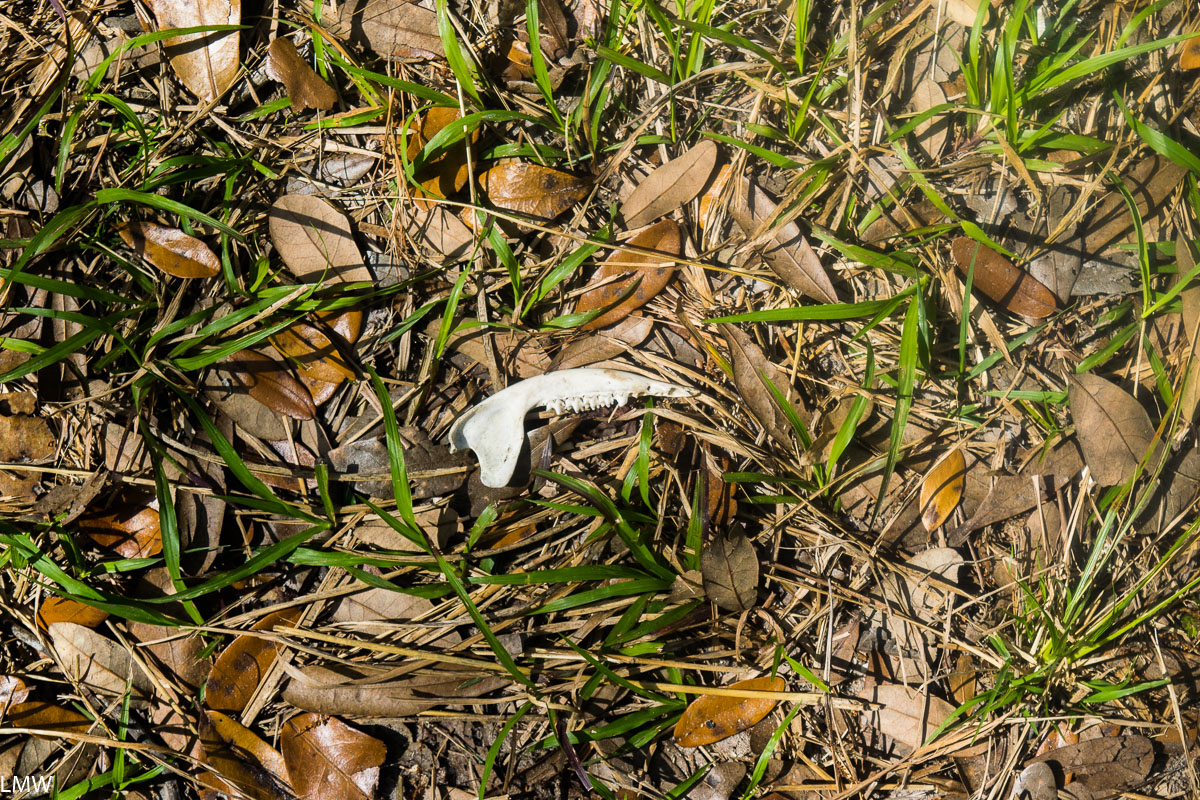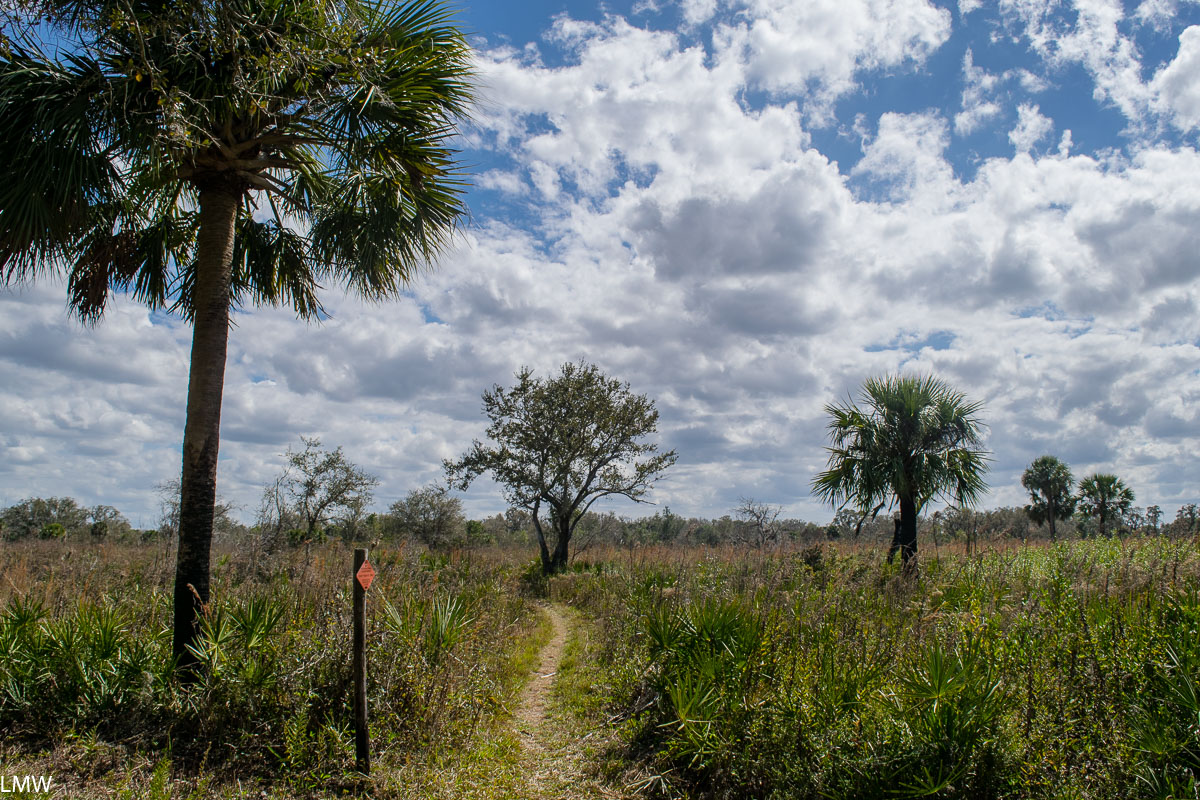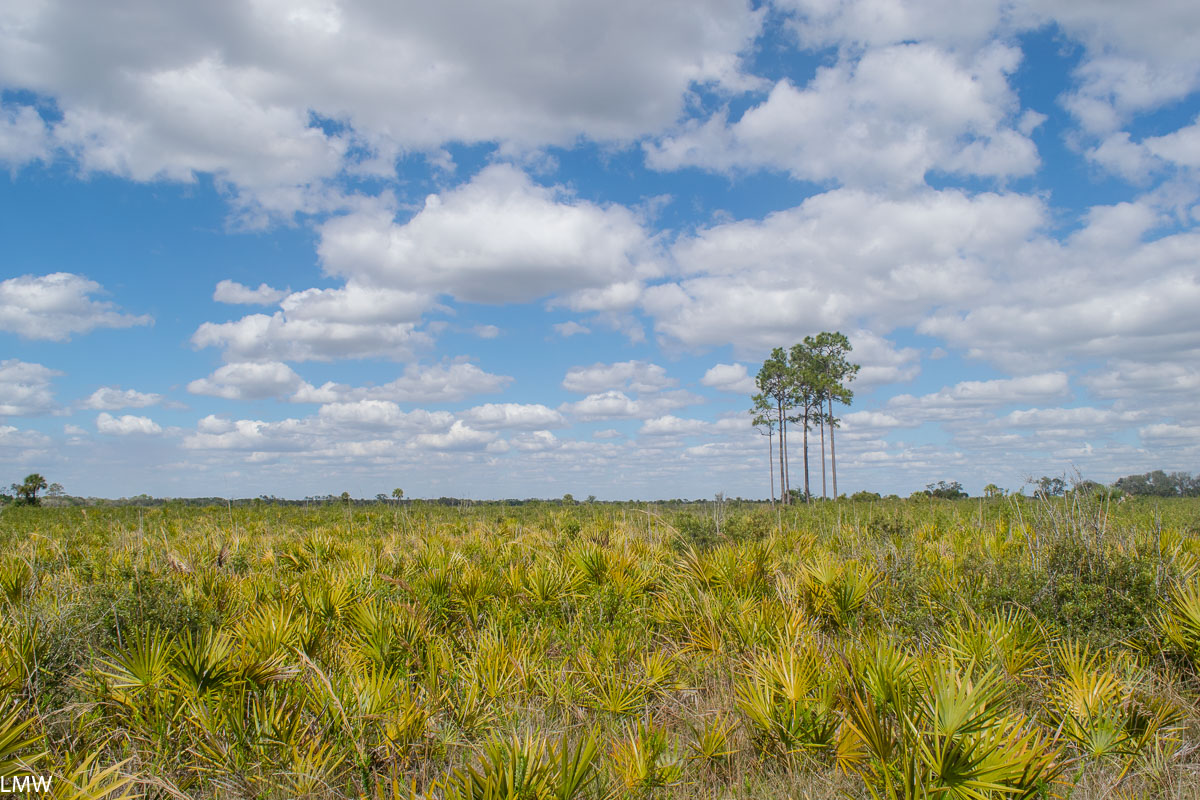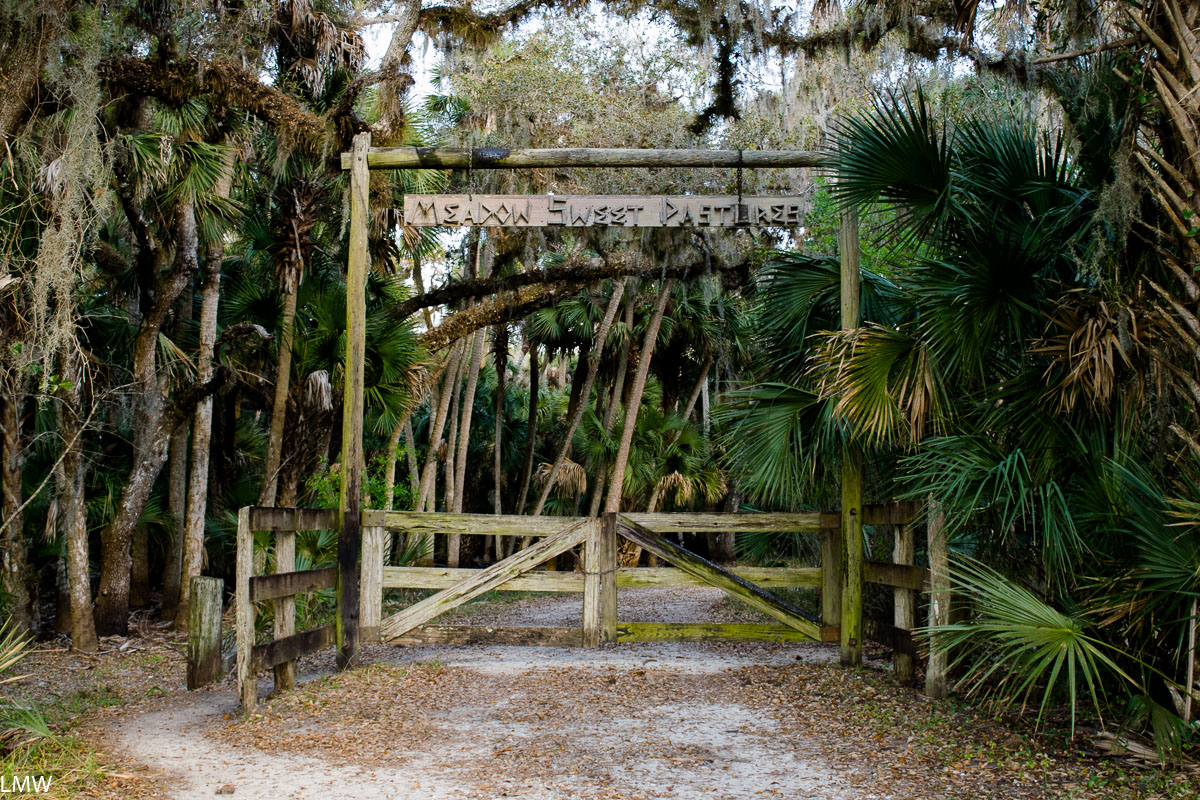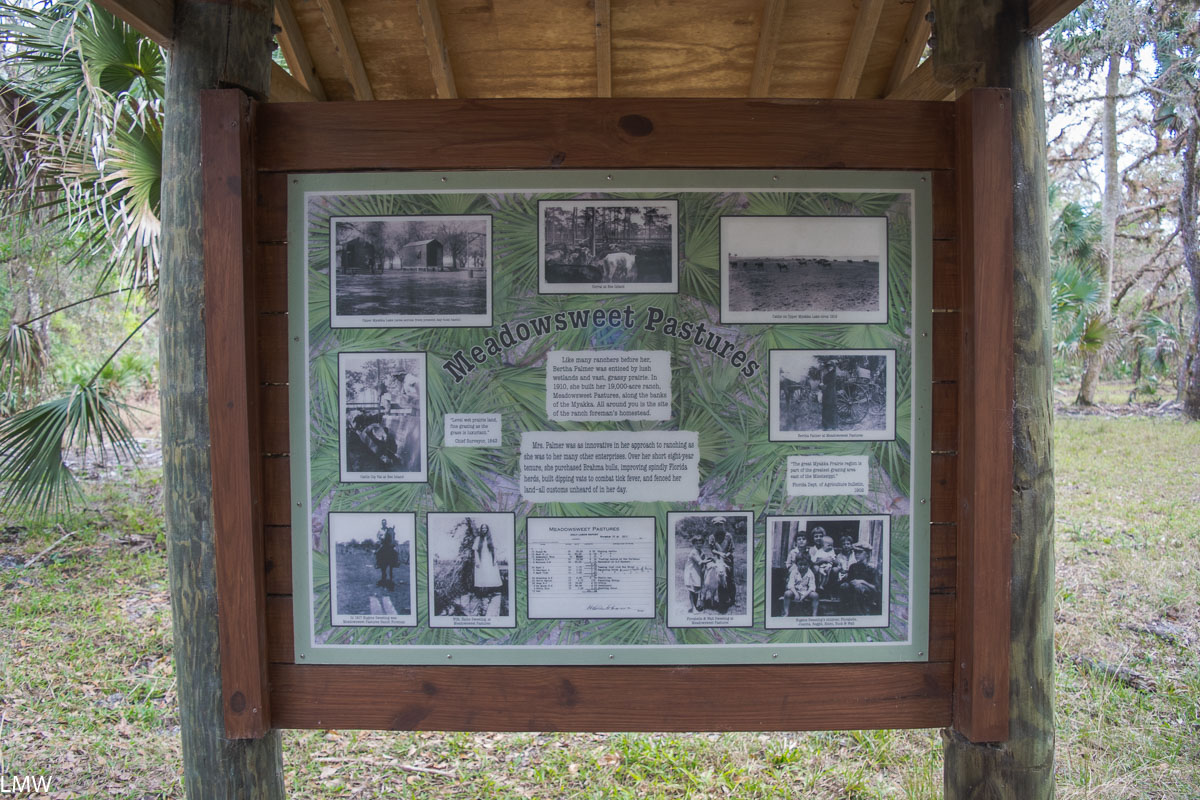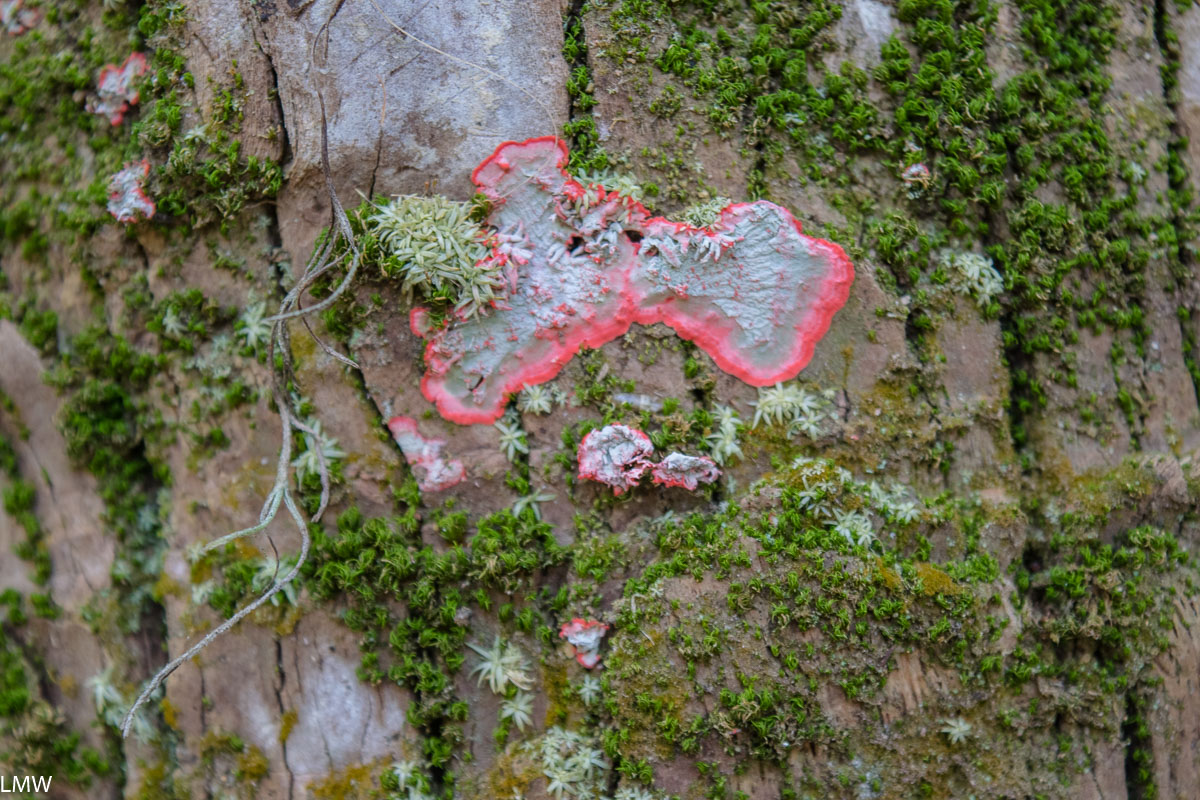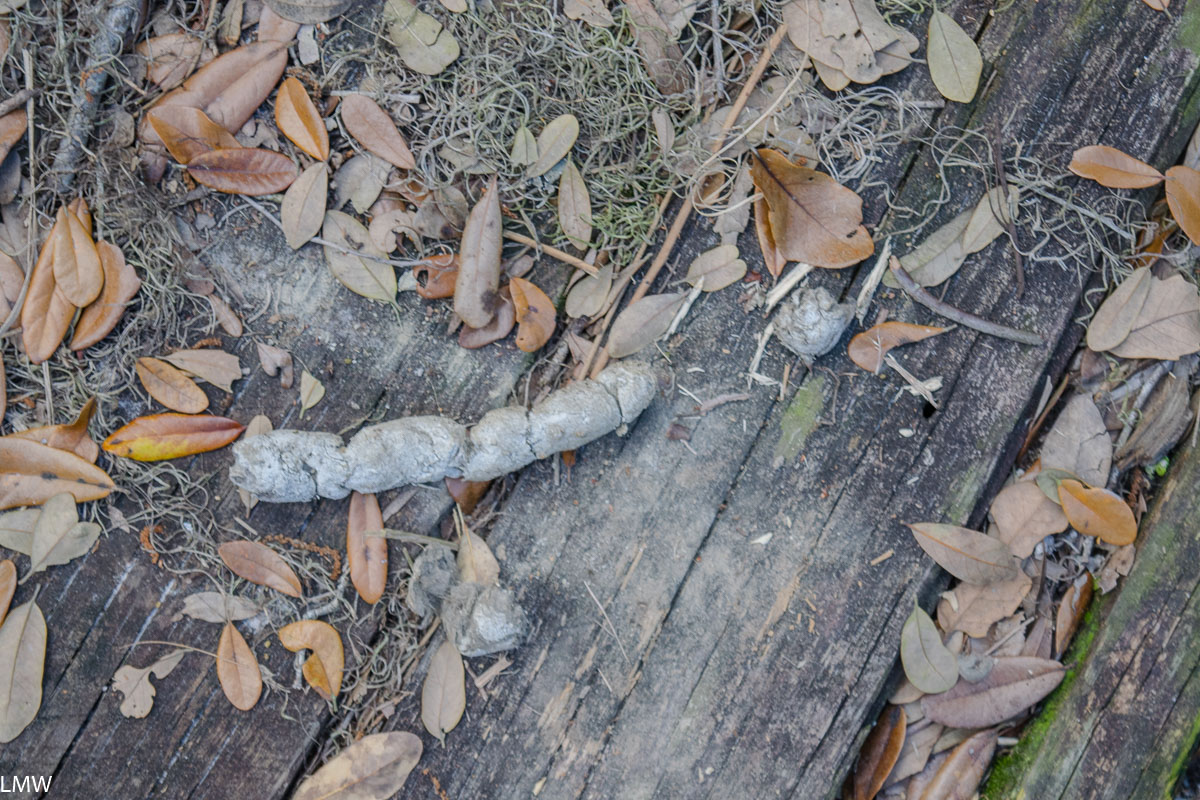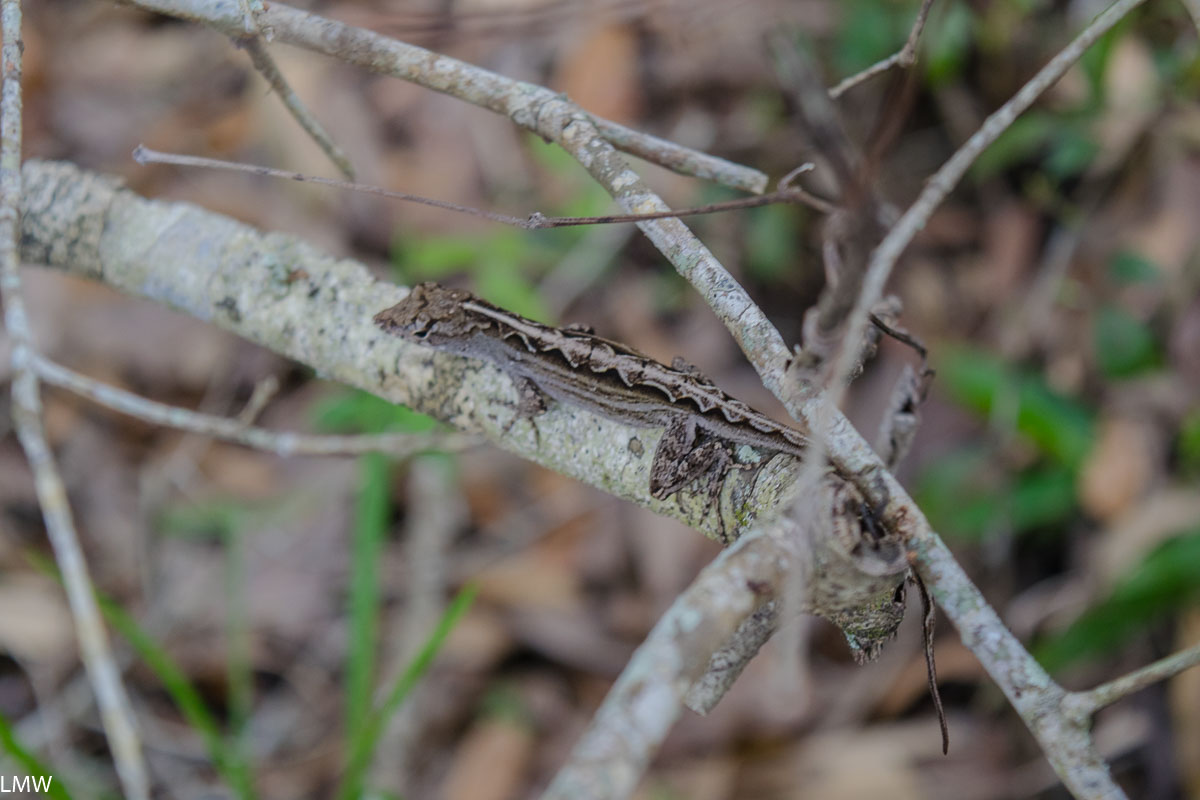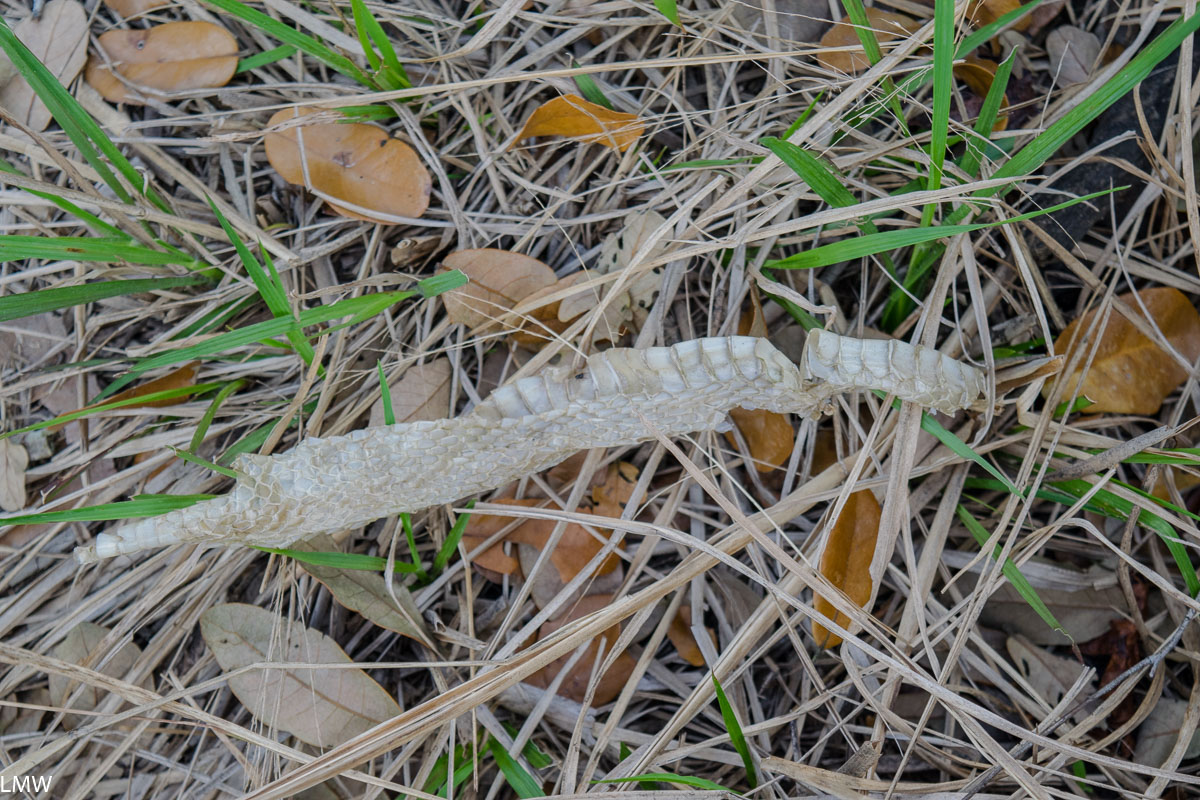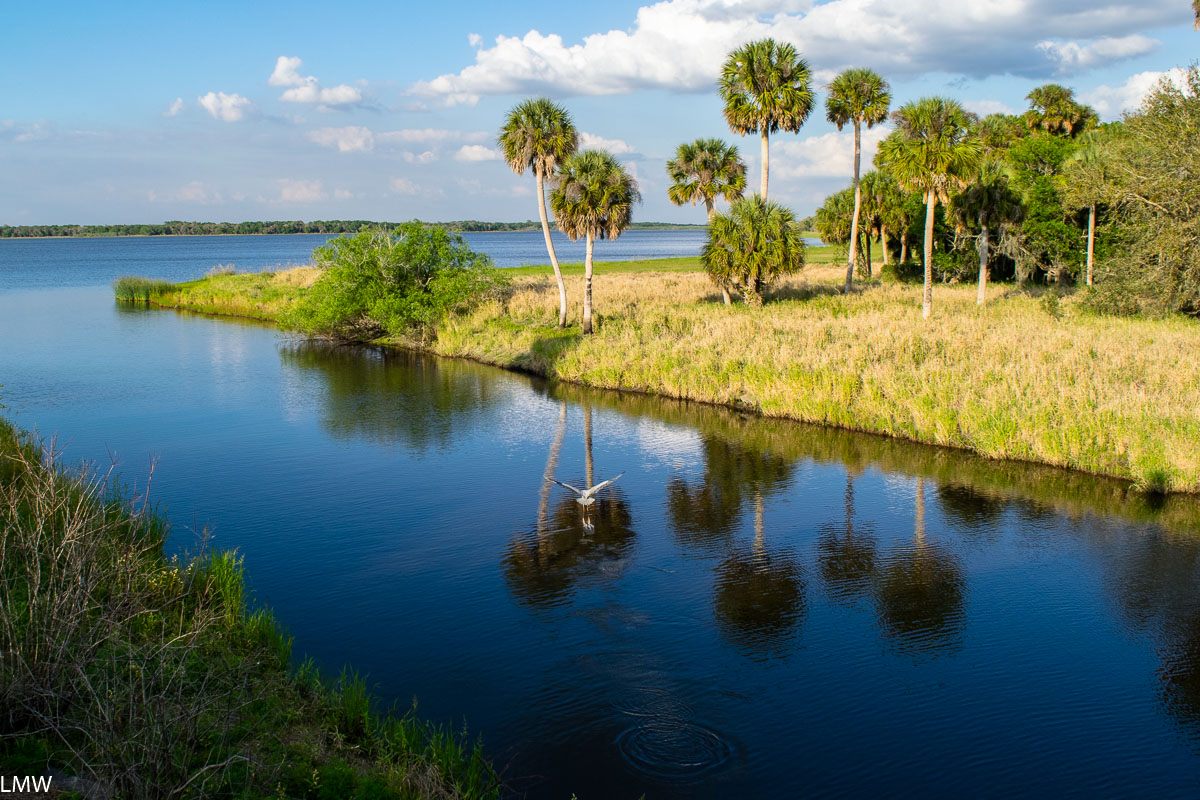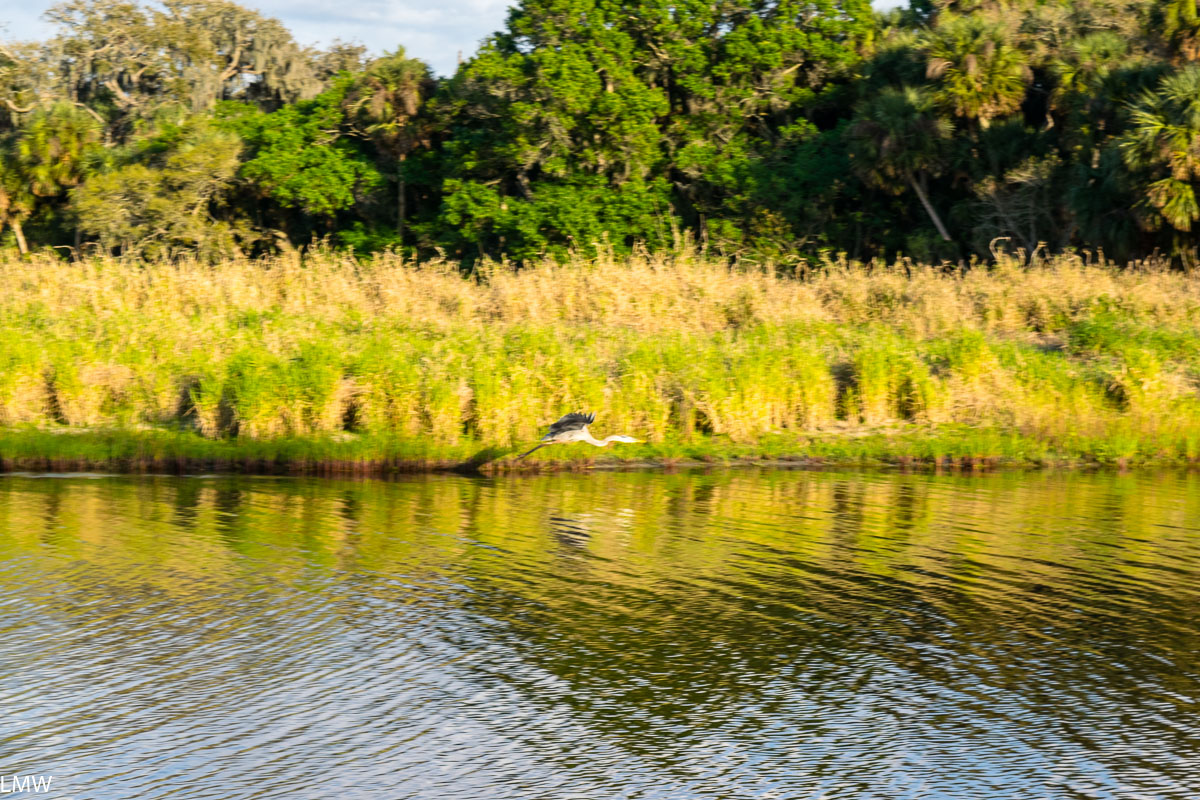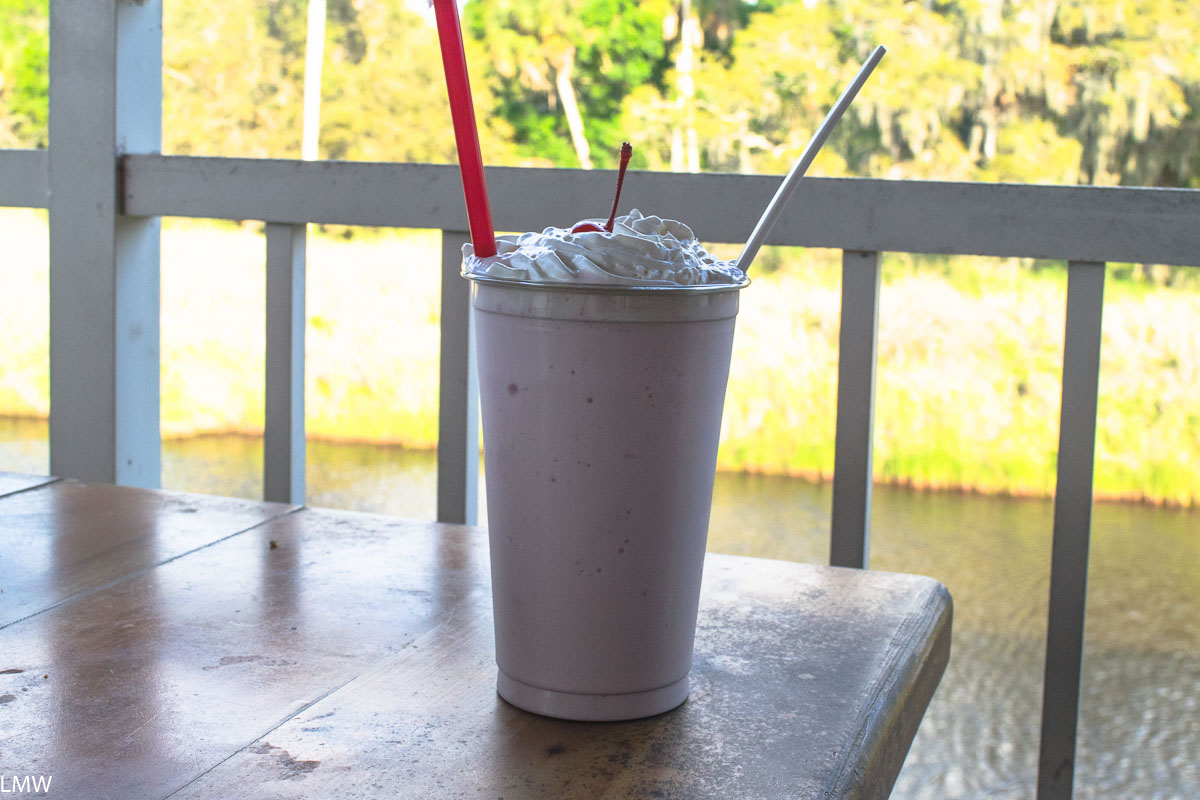Author’s note: This piece was created as part of a nature writing workshop through the Morton Arboretum, led by the ineffable Cindy Crosby of Tuesdays in the Tallgrass. My years in journalism taught me to, above all else, keep myself out of the story and Cindy is intent on making me break that rule. This piece was first drafted just after the first real big snowstorm that happened in late December 2020. I adopted my dog in March 2020, so this moment was her first real taste of snow. I haven’t seen the opossum since then, but I suspect she’s still around. All images are mine but were not taken on the walk in question because I was busy walking.
I click the leash onto my dog’s collar. The air we step into is crisp and clear. It’s just a few minutes before sunset and snow is in the forecast. My dog’s feet are actually made of sugar, compressed into little beans, and walking in any amount of moisture causes her to melt (or at least act like she is.)

She sniffs around the neighbor’s juniper bush before leading me north on the sidewalk. When she stops to investigate the message board that is the corner yew hedge, small flakes fall visibly under the streetlight but land imperceptibly on my face. We continue towards the old stump, another communication hub for area canines, where the flakes burst on my hand like tiny ice bombs. By the time we reach the twin pines, about halfway around the block, the snow began to accumulate on the grey asphalt. My dog picks up her pace, her pointed ears now glued to her head, streamlining her against any wind that might delay her return home. I notice the flakes gathering on her mottled back and my navy coat. They hang in place as we walk, our movement does not cause them to shift, fall or clump. It is almost as if they were thrown there with force. Like we were hit by hundreds of Lilliputian snowballs. We round the corner and pass the apartment where her mortal enemies live – an identical pair of small, white dogs. Today (from behind a window, inside an apartment) they fire the first dozen, raging yaps. My dog returns with three, sharp, perfunctory borks. She pulls at the leash, refusing to linger as I exchange pleasantries with my neighbor, smoking a cigarette on his porch. As we approach my front steps, the melted snow on my glasses blurs the Christmas lights on my hedge. In the time it took us to walk around the block, a thick dusting of snow turned my street into a patisserie window.

As we approach our front stairs my dog jolts suddenly into action. Summoning the ferocity of her wild dingo ancestors, she lets out a prolonged series of sharp, angry barks and pulls hard at the leash, which propels me forward with all 26 pounds of her force. Rounding the hedge, I see a large, naked rat scurrying down the wrought iron fence that separates my stairs from the side yard. No, not a rat – the opossum! When the snow is fresh some winter mornings, I see her little footprints in the tracks she leaves on my front steps. They look like five stubby fingers spread wide. I watch the opossum scurry down the garden bed, now mulched for the winter. I try to hold my dog out of sight of our neighboring marsupial, but her varmint-hunting instincts compel her to try and get it, I guess. When the opossum reaches the back fence, she climbs it smoothly and gracefully. Her pale, round body and long, pink tail, sparsely covered in wiry hairs, disguises surprising efficiency and agility in movement.

The air is palpably silent when my dog and I go inside. Instantly she locates a ball, and all memories of the varmint exit her mind. I jog to the back of the house to try and catch another glimpse of the opossum from the window over the backyard. Through my fogging glasses and the waning light I watch her amble slowly down the top of the fence. Her movement is less graceful now that the threat has passed, but she is unquestionably stable. As she scuttles behind the garage and out of my sight, my dog drops the ball at my feet. I pick it up and remembered one evening last summer when I stepped onto my back deck and found a dead young opossum between my potted plants. I toss the ball into the kitchen, and think about how I left that opossum where it was, went back inside, and huddled by this same window. I watched gleefully a few minutes later as a very much not-dead opossum cut quickly across the length of my deck, and disappeared among the summer foliage of my garden gourds. The space behind my garage, is narrow and full of piled logs and extra siding. Once when the weather was better, I climbed back there wearing thick garden gloves, picked up all the aluminum cans, candy wrappers, chip bags, old cassette tapes, and fast food cup lids that had piled there for years and years. I left the logs and siding where they were. Opossums cannot dig, but they like a shelter from the weather just like anyone else. The ball again at my feet, I lob it into the hallway. I hope, but trust, the opossum has a safe place to winter.


